Martin
de Porres is often described as a young mulatto friar wearing
the old habit of the Dominican lay brother, a
black scapular and capuce,
along with a broom, since he embraced all sorts of profession as
sacrosanct no matter how tedious it may be. His icon is depicted with a dog, a
cat and a mouse which represents his love for animals. In fact, he had been known for being at home
eating with animals from the same dish.
He is often
portrayed on his icon with mice which was rooted from monastery’s burden about
the rodents, which infuriated them up to the point of setting up traps to cut
the pestering mice. Out of concern for the animals, St. Martin talked and
made a deal with the rats that he would feed them at the back door of the
kitchen if they would leave the monastery. These heeded to his words.
Pope Gregory XVI beatified Martin de Porres on October 29, 1837, and nearly 125 years later, Pope Saint John XXIII canonized him in Rome on May 6, 1962. He is the patron saint of people of mixed race, innkeepers, barbers, public health workers, commemorating its feast on November 3. St. Martin is also celebrated in the Calendar of Saints of the Church of England on the same date.
He is recognised as Papa Candelo in the Afro-Caribbean-Catholic syncretist religion of Santeria, which is practised in places where African diaspora culture thrives such as Puerto Rico, the Dominican Republic, Cuba, the United States, and his native Peru.
He insisted wearing only one habit until
it disintegrated into mere threads and fibers. However, when St.
Martin died, his brothers looked through his meager possessions and came across
a new habit and they remembered Martin’s words, "This is the habit that I
am to be buried in."
Juan Martin de Porres was born in the city of
Peru on December 9, 1579. At the
time, the Spaniards had invaded parts of South America, and a lot of them had
become masters of callousness, leaving hosts of native Indians into impoverishment.
It's wonderful that the Catholic faith was established among the Indians, who
were treated so offensively. In this period, even though God warned the Spaniards
to transform their lives; through priests, saints, or earthquakes, they continued
on their mistakes.
He was the illegitimate son of Spanish nobleman, Don Juan de Porres and Ana Velasquez , a freed black slave from Panama or
possibly part Native American descent.
His father acknowledged him as his son after 8 years, but he abandoned
the family when the second child was born. When his mother who’s into laundry
could not support him anymore, Martin was confided to a primary school for two years,
then placed with a barber/surgeon to study medical arts. He spent hours of
the night in prayer, a practice which increased as he grew older.
He had a great yearning to traverse for a foreign
mission and thus merit the tribute of martyrdom. Nevertheless, since this was
not attainable, he made a
He was renowned for his charitable missions,
instituting an orphanage and a children's hospital. He maintained an austere
lifestyle, which included fasting and abstaining from meat.
Martin was very patient and caring with the dying. If he
tended to them solicitously, they know they would not recover, but if they felt
“neglected” by him, it meant they will be well soon.
He maintained an
austere lifestyle which included fasting from
meat. He eats with his
brothers’ leftovers.
By law in Peru, descendants of Africans and
Indians were banned from full membership of religious orders. The only way out for
Martin was to ask the Dominicans of Holy Rosary Priory in Lima to accept him as
a donado, a volunteer who carried out menial tasks in the monastery in exchange
of the privilege to wear the habit and live with the religious community. At
the age of 15 he asked for admission to the Dominican Convent of the Rosary in
Lima and was admitted first as a servant boy, and was promoted to almoner as
his tasks went further.
Martin persevered with his old vocation of
barbering, healing and performed several miraculous healings. Likewise he
accepted kitchen work, laundry, and cleaning. After eight years at Holy Rosary,
the prior Juan de Lorenzana, turned the law on a blindfold
and allowed Martin to take his vows as a member of the Third Order of Saint
Dominic. Holy Rosary was home to 300 men, not all of whom were as unprejudiced
as De Lorenzana; one of the novices called Martin a “mulatto dog,” while still
other ridiculed him for being illegitimate and rooted from slaves.
At the age of 24 in 1603, he was elevated to
profess religious vows as a Dominican lay brother which had been repudiated
many times brought by his father's intervention, which hindered his priesthood.
When his convent was in debt, he beseeched them:
"Don't sell these objects that you have
with you, but sell me, since the monastery is wasting its funds keeping me, a
poor idiot and mulatto; while a slave merchant would pay well for me because I
am strong and can work. And it will be a great blessing for me to find, at
last, someone who would treat me as I deserved." He was deeply attached to the Blessed-Sacrament, and he was contemplating on it one night when
the step of the altar he was kneeling on trapped with fire. Mystified and
disarrayed as he was, he remained in his position, unaware of what was going
on.
After being been endowed with the religious habit
of a lay brother at the age of 34, he was assigned to the infirmary and
continued in service until his death at the age of 59. He was recognized for
his care of the sick. He had been
noticed of his virtues significant to employ unswerving patience in this tough
task. It was short before miracles were ascribed to him. He also cared for the
sick outside his convent, without distinction to Spanish nobles and to slaves
recently brought from Africa, often resulting them cure with only a simple glass
of water. One day an aged beggar with acute ulcers and
almost naked asked for some help, Martin brought him to his own bed which his
brethren criticized. He responded, “Compassion, my dear Brother, is preferable
than hygiene."
When an epidemic struck Lima, there were 60
friars in the Convent of the Rosary who were afflicted, while several novices
were separated from the professed in a distant locked section of the
convent. There had been a reported
phenomenon wherein Martin had passed through the locked doors to care for
them. Even the professed had an actual encounter with him who suddenly appeared
beside them without the doors having been opened. Martin went on with
transporting the sick to the convent which the provincial superior prohibited
because of the alarming contagion it brought to the friars. His sister offered her house in the city to
admit those that could not be accommodated by the convent.
One day he came across with a poor Indian
bleeding to death from a dagger wound. He took him to his own room until he
could bring him to his sister’s hospice. When the Prior heard of this, she reproached him for insubordination. By his response to the Prior, “Forgive my
error, and please instruct me, for I did not know that the precept of obedience
took precedence over that of charity,” the latter subsequently gave him the
liberty to emulate his inspirations in the practice of mercy.
He begged for alms to
buy the needs that the convent could not acquire. With his alms, Martin had able to feed 160
poor persons every day, and distributed a noteworthy amount of money to the
impoverished weekly. Along with his daily work in the kitchen, laundry and
infirmary, Martin’s life had been endowed with mystical gifts: ecstacies hat
elevated him into the air, light surrounding the room where he prayed, bilocation, miraculous knowledge, instantaneous cures and affinity with
animals. He established a residence for orphans and abandoned children in the
city of Lima.
After his death, the miracles and graces
received when he was invoked multiplied in such abundance that his body was
exhumed after 25 years, found uncorrupted, and exhaling a fine
fragrance. Letters to Rome was besought for his beatification; the decree affirming
the heroism of his virtues was issued in 1763 by Pope Clement XIII.
References:
1. http://www.catholic.org/, St.
Martin de Porres
2. http://sanantonioabadparish.com/- Saints of
the Day
3. Angela M. Orsini, St Martin de Porres -
Patron of Social Justice http://www.martindeporres.org/
4. Roger Zielke, Apostle of Charity, St. Martin
de Porres, http://fsspx.com/
5. http://www.notablebiographies.com/, Martin Porres
6. http://www.americancatholic.org/, St. Martin
de Porres, Saint of the Day
7. http://www.opsouth.org/about-us/st-martin-de-porres/, The
Life of St. Martin de Porres – Our Provincial Patron Saint







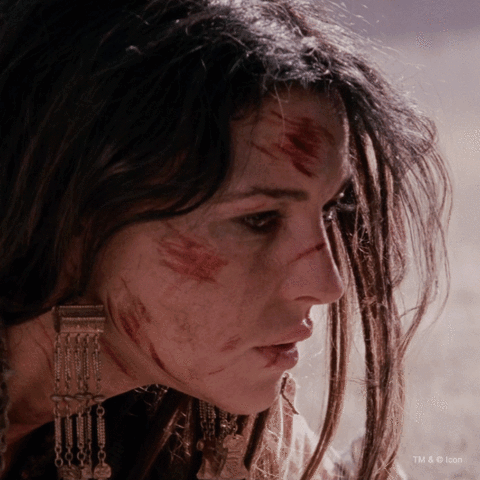






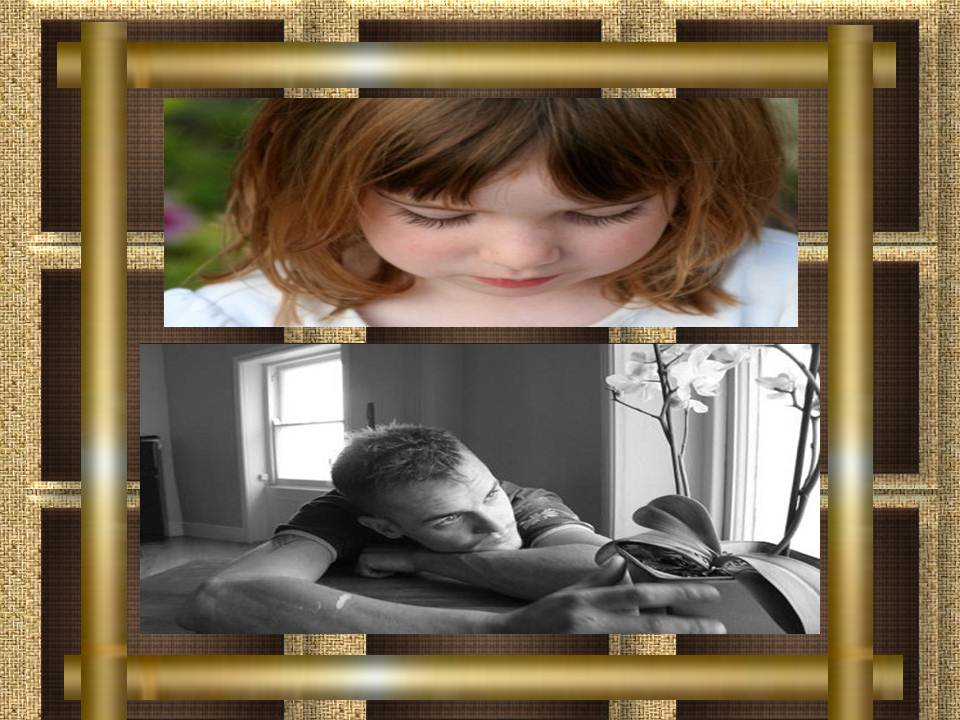



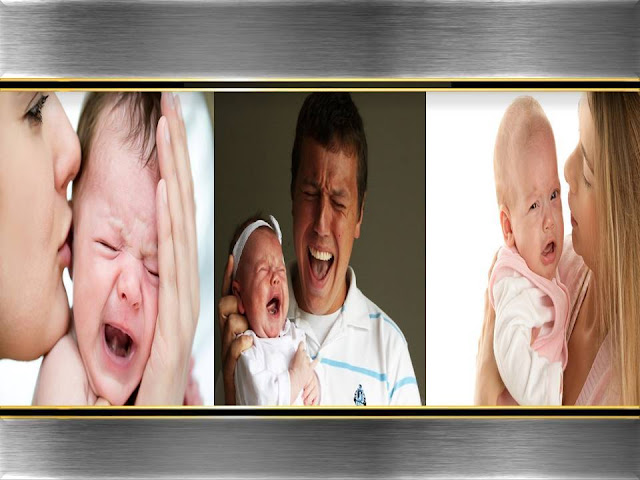



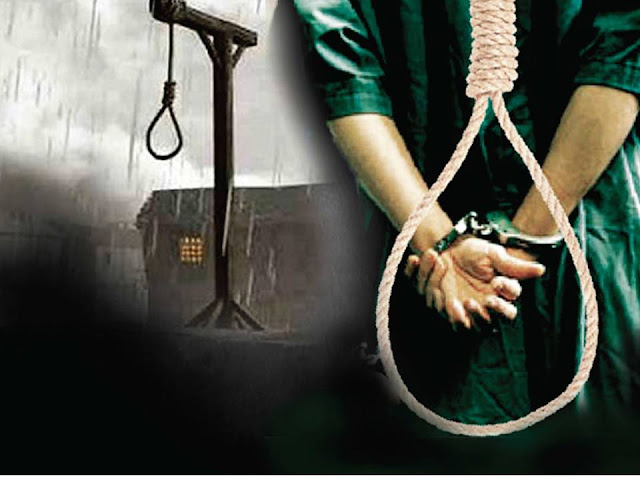




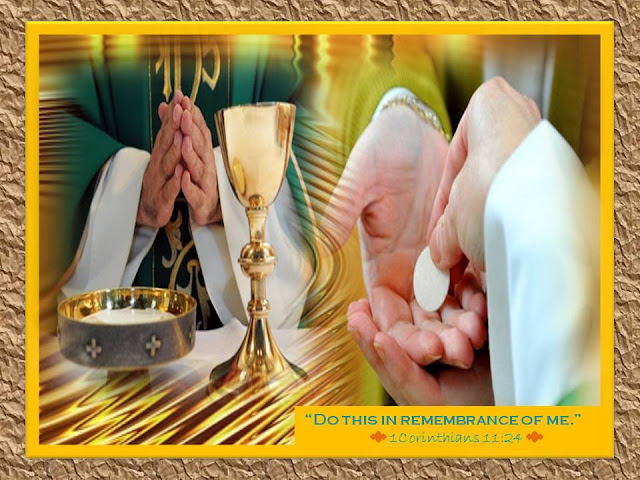
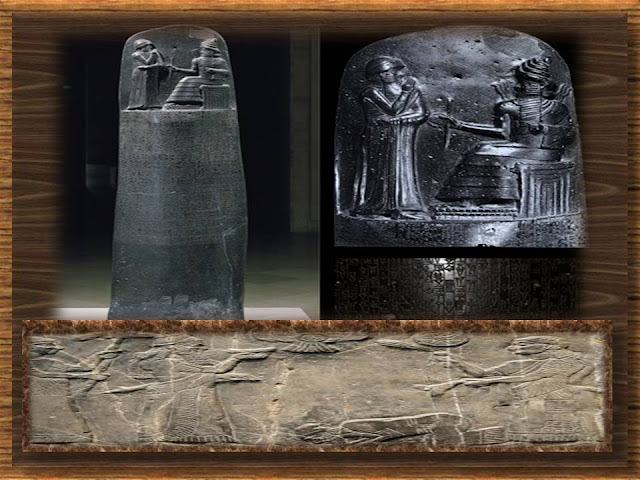



No comments:
Post a Comment